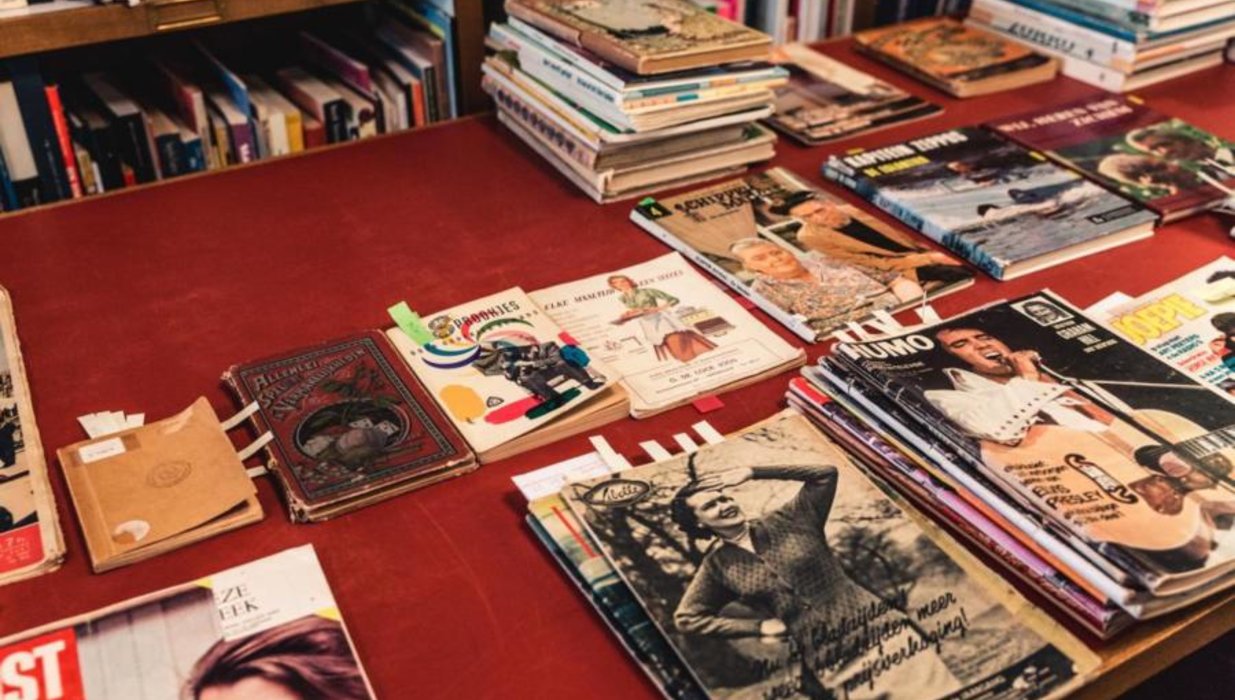It’s autumn in Belgium. Daylight saving time ends and we are plunged into darkness. Not only do we come home with a runny nose, our shoes are plastered with mud and fallen leaves. The yearly autumn cleaning is becoming urgent.
At least, that’s how it was in the past, when dienstencheques (‘service vouchers’) could scarcely be dreamt of. In the mid-twentieth century, a housewife with four children spends approximately sixty hours a week on household chores. Washing, cooking and looking after the children: it’s a never-ending responsibility.
Starting in the 1950s, we start to see one domestic appliance after another appearing on the market. They’re all electrically powered and relieve us of a lot of work. The streets are awash with advertisements. Every appliance is better, quicker and more hygienic than the competition. Vacuum cleaners, irons and kitchen mixers are available in all colours and sizes. And all are fighting to win over the potential customer. In the consumer society that grows up after the Second World War, more and more homes get electricity, gas and running water. We eagerly cut out saving stamps and housekeeping vouchers from the newspaper. Our spending power increases.
But not every appliance turns out to be as useful as the adverts suggest. Electric can openers or croquet makers enjoy a short-lived hype before disappearing into boxes in the attic. Keepers include the refrigerator, freezer, and most of all the washing machine. This last innovation saves the housewife up to two days.
Search the rich collection of the House of Alijn about the rituals, traditions and customs of daily life from the 20th century onwards on the dutch website.
